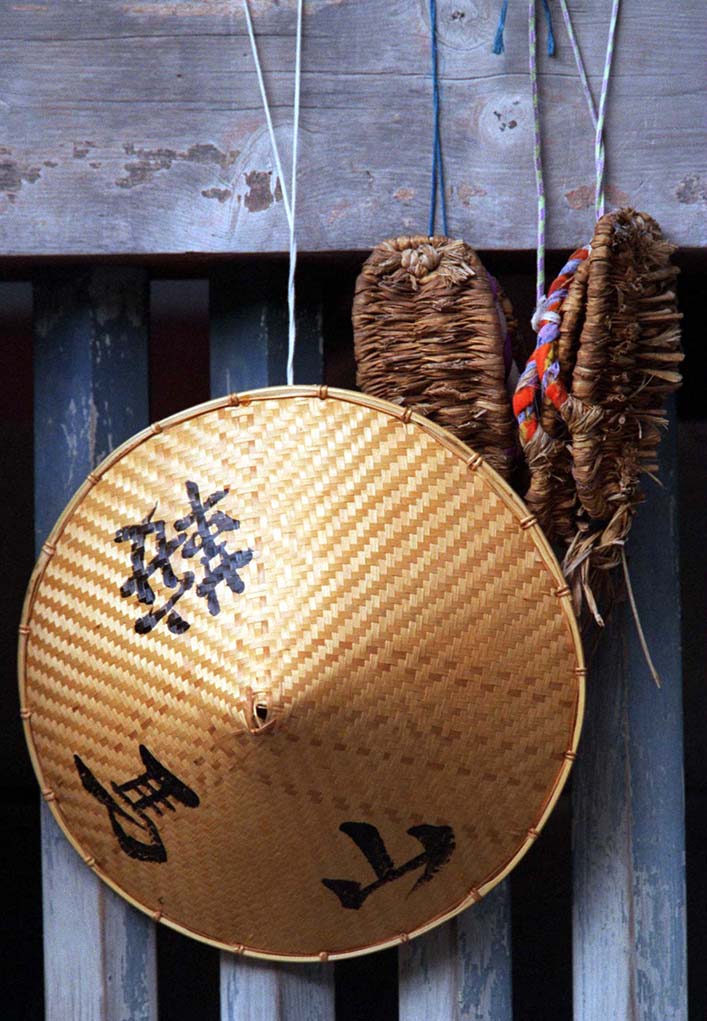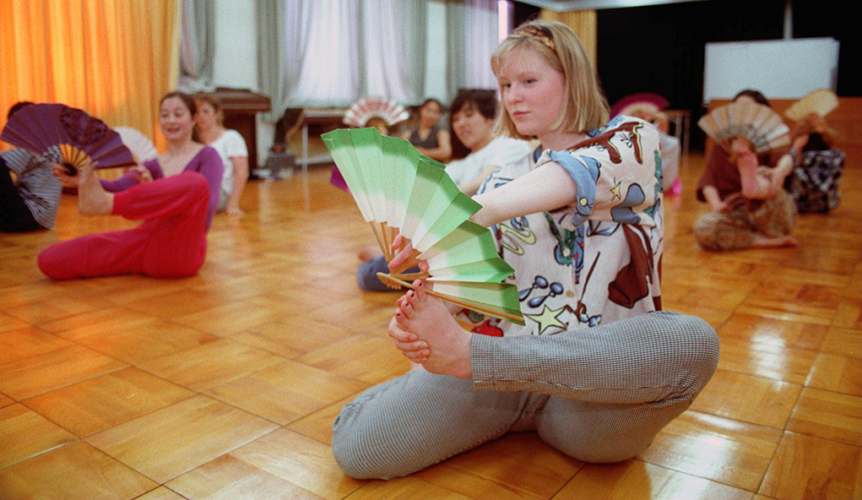
This month marks 19 years since I got off a bus and walked into a low-slung complex hugging the wooded hills northwest of Kyoto, Japan, not far from Mizuho town. The Dhamma Bhanu is (still) a meditation center and retreat for those studying Vipassana meditation—a technique taught by S.N. Goenka and his followers around the world.
At the time, I had only the barest of reference points for what this ‘Vipassana’ (pronounced, vi-PAS-uh-nuh) stuff even was. A buddy of mine, a fellow English teacher at the school we worked at in Osaka, had done the same retreat I was about to—with trepidation—embark upon. I remember him telling me that it was transformational and life-changing: a ten-day stretch of constant meditation and instruction. A crucial part of the retreat was the vow of silence to occur beginning the morning of the first full day. No talking, no whispering, no making unnecessary noise until the final morning, nine days later. My friend described the intense emotion welling up inside him as he ‘broke through’ internal mental barriers and blockages, and experienced bouts of uncontrollable sobbing at several points. His arms or legs would sometimes move on their own accord. It was intense and it was difficult.
Ten days of silence, with the chance of uncontrolled emotional outbursts and sudden, spontaneous physical moments of my body? Naturally, I signed up for the course immediately. I was teaching English to Japanese students, was living in one of the most populous urban centers in the world, and a ten-day break from the world, just past Christmas, seemed perfect.

I liked the concept of meditation but only thought of it in passing. This way, I’d make up for lost time—cut to the front of the line, figuratively speaking—and would jump-start something that seemed a lot more real to me after living in Japan and Korea for more than two years.
Obviously, that mindset proved I was far from ready to be successful at meditation, which involves sitting in one place, starting at a wall, focusing the breath and the mind, and (at least in my case) being incredibly uncomfortable as my body screamed in pain and my mind jolted from one thought to the next. The epitome of what Buddhist masters call, the “monkey mind”.
I made it through the ten-day retreat. Through the hours of meditation and the hour-long seatings of “strong determination” when we were challenged to move not a muscle for the duration. Through the long days of complete, unbroken, silence.
It was amazing. I won’t go into the teachings of Vipasanna, or the technique—I’m not really qualified to do that. Suffice to say that it started something that, now 19 years later, I’ve finally incorprated into my daily habitual practice. I no longer employ the Vipassana method, but instead use the NSR technique, derived from TM (transcendental meditation). My mind still behaves like a monkey. But I’ve found that as a small business owner and creative with a family, that the daily practice of meditation forms a foundation that pays incalculable dividends. It helps me practice awareness, focus, and forces me, for some long minutes or an hour, to simply ‘be’, without a goal, and without agenda. It’s one of the hardest things I’ve habitually done. It’s not fun. But it continues to help me stronger and more centered as I go about my day.

